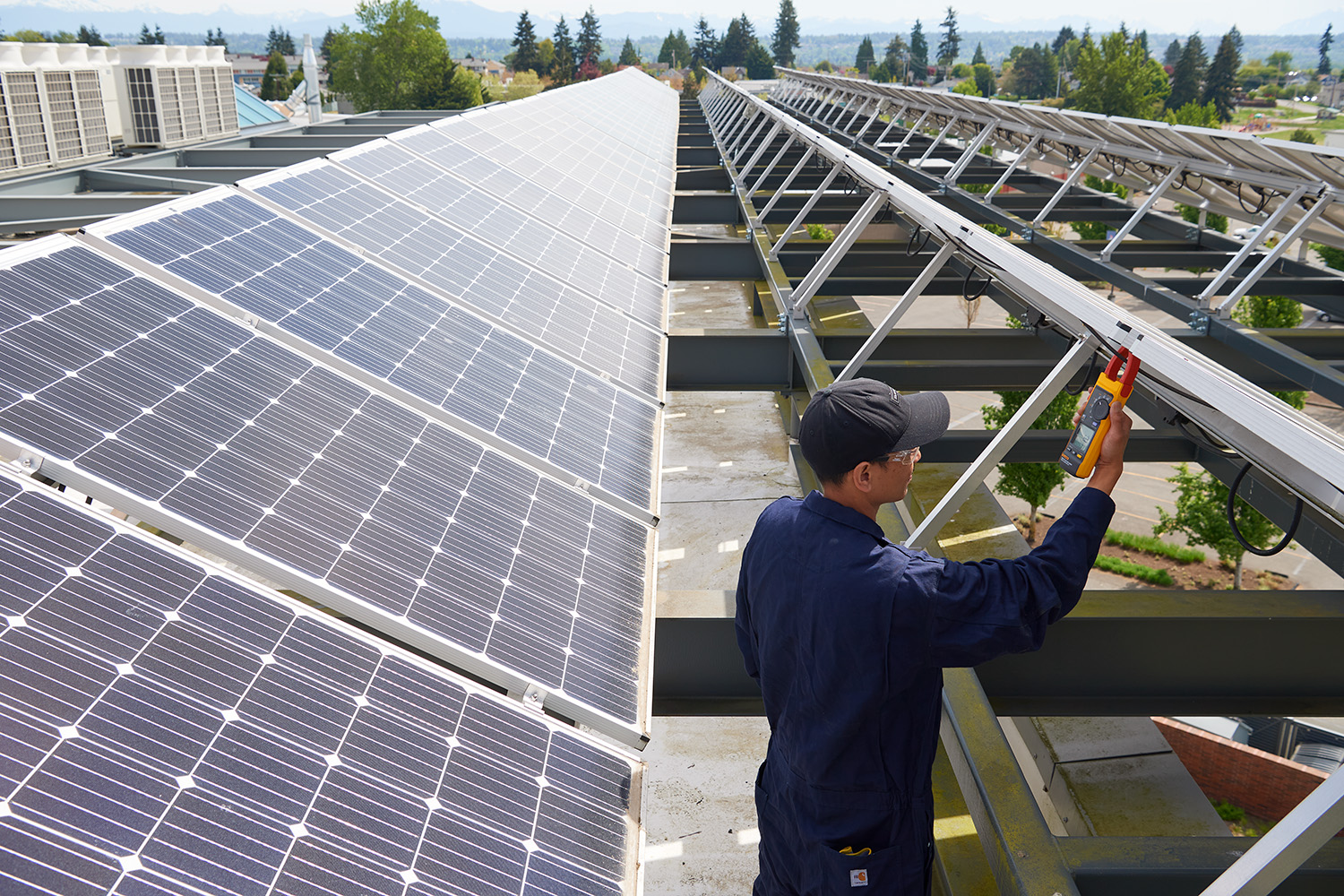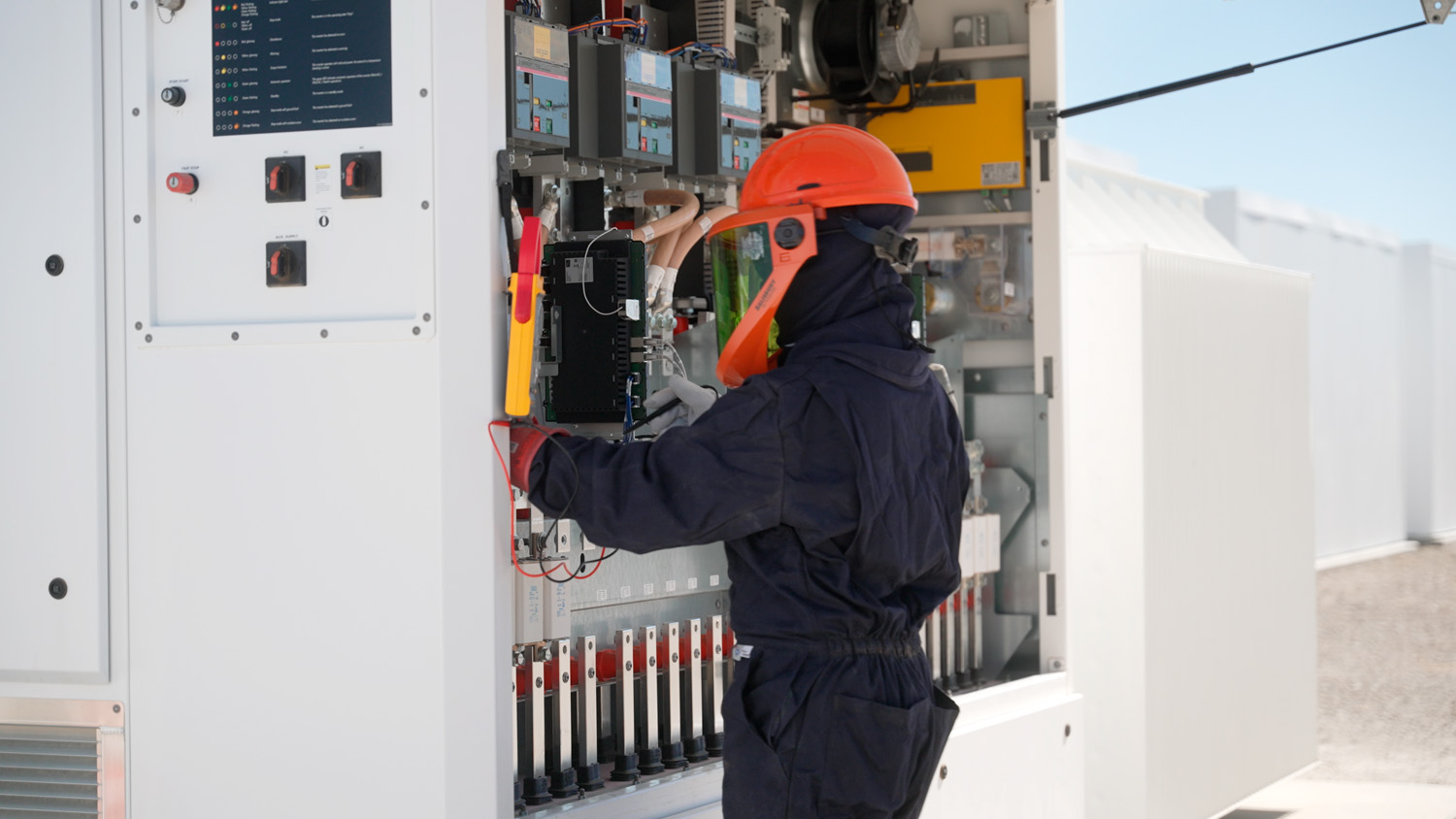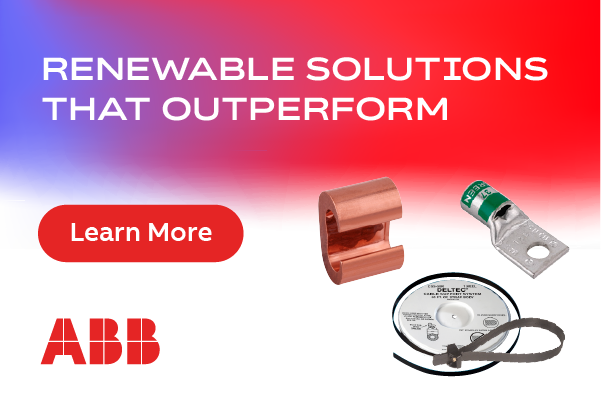7 Considerations for Solar PV Safety
Solar technology is improving every year, making it more affordable and efficient at scale. As this technology picks up speed, more workers are heading into the industry from utility, electrical, and other related fields. Making the jump into solar comes with new safety considerations each solar technician must make as they work in and around these high-voltage systems.
It is important to note that measuring live voltages and current in today's high-energy environments can result in a severe hazard to equipment and users if proper precautions are not applied. Given the risks, it always pays to follow safe work practices and use test instruments rated for the voltage or current being measured.

Measuring current in a rooftop solar PV system
In photovoltaic (PV) systems, current is not limited by electronics, which has implications for hidden ground faults, wire sizing, and is the impetus for rapid shutdown. There are three main hazards when working with solar PV:
- shock or electrocution from energized conductors
- arc faults that spark fires
- arc flash leading to explosions.
The control measures and best practices to mitigate risks will differ when working with PV versus any other kind of energy-generating resource.
Following are seven considerations for anyone working in or around solar PV to help ensure they and those around them remain safe.
#1 Wiring Differentiation
Direct current (DC) PV conductors not in conduit on the roof are often black for positive and negative, since black wire is more sunlight resistant. Alternating current (AC) wiring can be different colors depending on the voltage and number of phases. 120/240 volts (residential) has red and black ungrounded conductors. 120/208 three-phase has red, black, and blue ungrounded conductors. 277/480 three-phase for larger commercial wiring has orange, brown, and yellow ungrounded conductors. There are also other, less common combinations. Neutral conductors (ungrounded conductors) are white or gray. Neutral conductors should have a voltage at about zero volts.
#2 Lock Out Tag Out (LOTO)
Always LOTO at the PV circuit breaker in the main electrical panel and at all disconnects at the module, inverter, charge controller, and batteries. Note that a battery bank with more than 24 two-volt cells in series must have a disconnection mechanism.
#3 PV Disconnects
PV modules can never be fully de-energized, so a disconnection mechanism is required for emergency responders to isolate a PV array from the rest of the building.

Taking voltage measurements on a solar inverter
#4 Microinverter Disconnects
Module-level power electronics, such as microinverters, are becoming increasingly popular. DC voltages are often limited to 50 Vdc or less with microinverters, compared to the 600 Vdc limit in string inverters. As a result, the NEC permits certain connectors that comply with Section 690.33 of the NEC to be used as dc disconnects for microinverter dc circuits. Per Section 690.33(E)(1) states that connectors shall either "be rated for interrupting current without hazard to the operator" or "be a type that requires a tool to open and marked 'do not disconnect under load' or 'not for current interrupting'".
#5 Capacitor Discharge
In PV systems, inverters store energy in capacitors. It is important to discharge that energy before beginning work because there still could be capacitance on the dc side. It can take a few minutes to ensure inverters are at a zero state of energy.
#6 Energized Testing
Some tests, such as determining PV string current or insulation resistance with a megohmmeter, require the system to be energized. In other instances, it is necessary to isolate and de-energize a specific component-such as an inverter or transformer-while leaving the rest of the system on.
#7 Batteries
Many new PV systems with battery storage are ac-coupled, meaning the battery bank has its own multimode inverter with one ac circuit connected to stand-alone loads. This not only increases resiliency but also complexity in maintenance and LOTO. To fully deenergize the system, both the PV interactive inverter and battery multimode inverter need to be off.
No matter the level of experience as an electrician or in the electric power industry, it is critical to always wear the proper personal protective equipment (PPE) and use the right tools for the job that meet the right CAT rating and voltage. With these tips in mind and correct use of the right PPE and tools, working in and around solar PV systems will be safer for all involved.
 Sean Silvey has been a product application specialist at Fluke for the past five years. Prior to that, he was a residential/commercial HVAC technician, and most recently a field service manager. Sean's focus is on application awareness and product education.
Sean Silvey has been a product application specialist at Fluke for the past five years. Prior to that, he was a residential/commercial HVAC technician, and most recently a field service manager. Sean's focus is on application awareness and product education.
Fluke | www.fluke.com
Author: Sean Silvey
Volume: 2021 November/December










.png?r=5096)


